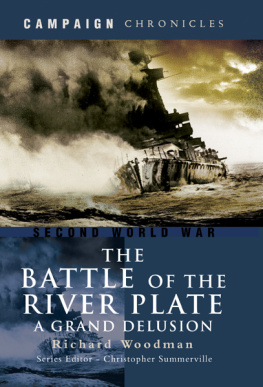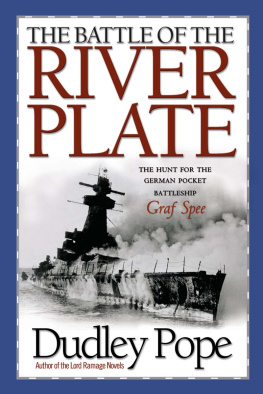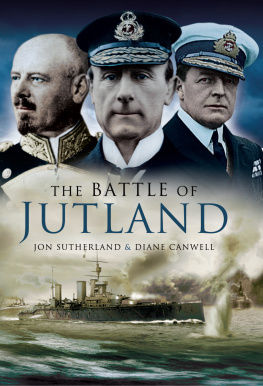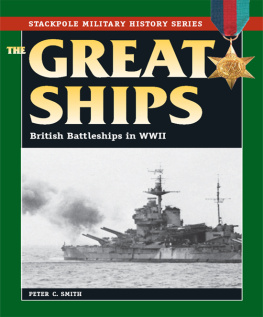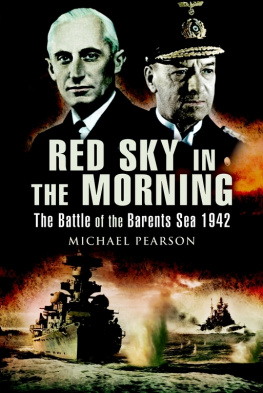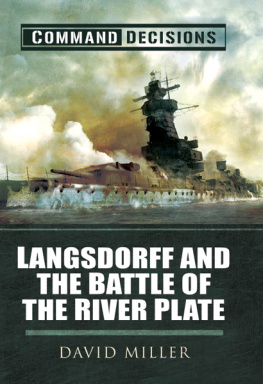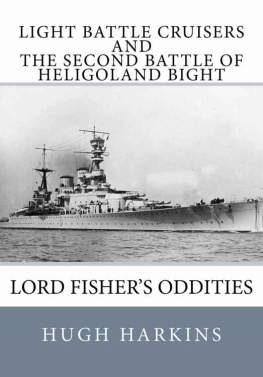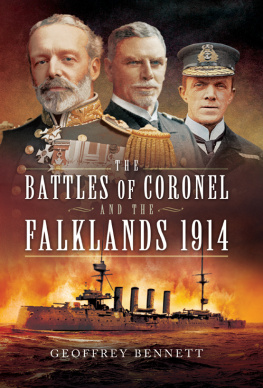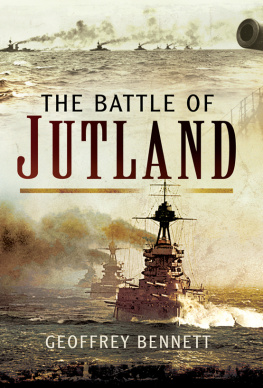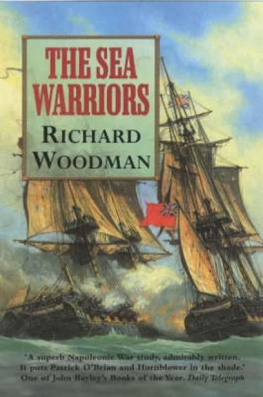O THER TITLES IN THE C AMPAIGN C HRONICLES SERIES
Armada 1588
John Barratt
Napoleons Polish Gamble
Eylau and Friedland 1807
Christopher Summerville
Passchendaele
The Hollow Victory
Martin Marix Evans
Attack on the Somme
Haigs Offensive 1916
Martin Pegler
Salerno 1943
The Invasion of Italy
Angus Konstam
The Siege of Malta
1940-1942
David Williamson
The publisher and author would like to express sincerest
thanks to John Morris for providing the line drawings used
throughout this book; and to Geoff Green, who has made
pictures from his Naval archive available for use in this book.
First published in Great Britain in 2008 by
Pen & Sword Military
an imprint of
Pen & Sword Books Ltd
47 Church Street
Barnsley
South Yorkshire S70 2AS
Text copyright Richard Woodman, 2008
Line drawings John Morris, 2008
Maps Christopher Summerville, 2008
PRINT ISBN 9781844156894
EPUB ISBN 9781844682454
PRC ISBN 9781844682461
The right of Richard Woodman to be identified as Author of this Work
has been asserted by him in accordance with the Copyright,
Designs and Patents Act 1988.
A CIP catalogue record for this book is
available from the British Library.
All rights reserved. No part of this book may be reproduced or transmitted in any
form or by any means, electronic or mechanical including photocopying, recording
or by any information storage and retrieval system, without permission from the
Publisher in writing.
Typeset in Sabon by
Pen & Sword Books Limited
Printed and bound in England by
Biddles Ltd
Pen & Sword Books Ltd incorporates the imprints of Pen & Sword Aviation,
Pen & Sword Maritime, Pen & Sword Military, Wharncliffe Local History,
Pen & Sword Select, Pen & Sword Military Classics and Leo Cooper.
For a complete list of Pen & Sword titles please contact
PEN & SWORD BOOKS LIMITED
47 Church Street, Barnsley, South Yorkshire, S70 2AS, England
E-mail:
Website: www.pen-and-sword.co.uk
Contents

List of Maps and Illustrations

M APS
I LLUSTRATIONS
Maps


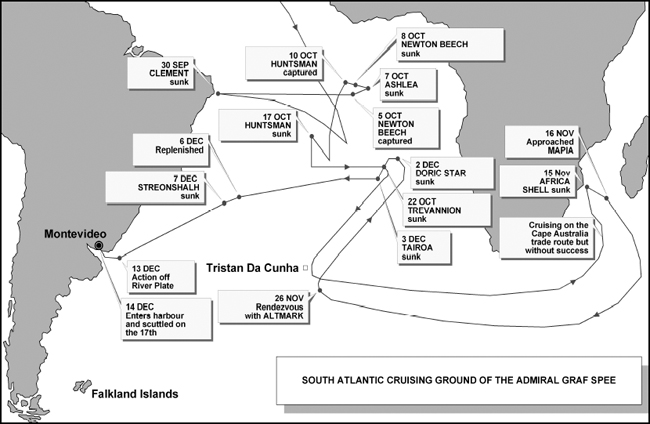
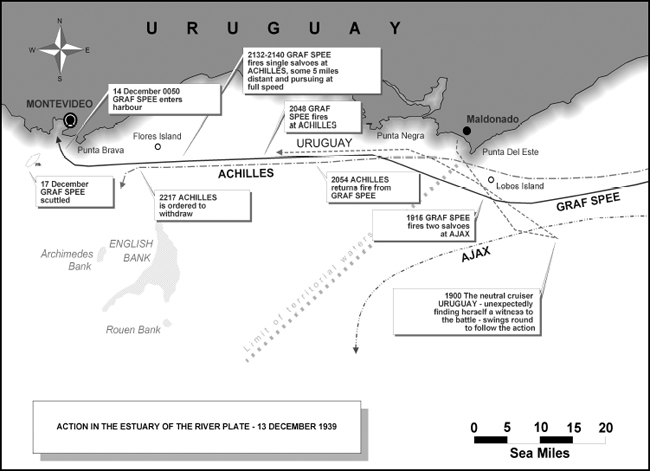
Background

Sly Advance: The Cruise of the Admiral Graf Spee, April 1928-August 1939
In order to fulfil its military definition a campaign has to secure its objective; like a good story, it has a beginning, a middle and an end, but unlike fiction, its aftermath is often long, sometimes profound and occasionally indistinct in effect. Moreover, since such events rely entirely upon the actions - both intellectual and physical - of human beings, they are inevitably composed of triumphs and tragedies. In so many cases, since war is composed of it, it is the tragedy that proves enduring. All these elements are present in the campaign under consideration: the cruise of the German commerce raider Admiral Graf Spee.
On the one hand the Panzerschiff was sent to sea with the blessing of the German High Command, whose directions to the Oberkommando der Kriegsmarine - the OKM or German Naval High Command - were quite specific: the wholesale destruction of enemy merchant shipping. On the other, the reaction to the raiders depredations was swift and overwhelming: a puissant mass of Allied naval power was mustered and dispatched in hot pursuit.
Early and confusing news of the Admiral Graf Spees interdiction of British merchantmen in those first weeks of war suggested that the British Admiraltys worst fears were realized. Despite the torpedoing of the British liner Athenia by a U-boat within hours of the British declaration of war on Germany, it was the heavy calibre guns of commerce raiders, able to operate at will far from the bases of the overstretched resources of the British and French navies that most concerned the staff officers in Whitehall. The deceptions adopted by Kapitn zur See Hans Langsdorff - the disguises under which his ship made her attacks and the widespread locations of his strikes - unhappily coupled with the inability of Allied forces to pin down his whereabouts: circumstances that initially convinced London there were at least two of what the British called pocket battleships at large in the Atlantic.
However, time was not on the German side. No German raider could operate undetected indefinitely. As Langsdorff pursued his objective to destroy enemy shipping, the countervailing campaign to annihilate him became, in time, a classic of cruiser warfare, redolent of all the old dash and lan of the Age of Nelson. Just as the Admiraltys worst (but traditionally rooted) fears seemed to come to pass, it knew exactly what to do. Thus had the eponymous German Vizeadmiral, Graf von Spee himself, having defeated the squadron of British cruisers under Admiral Christopher Craddock off the Chilean coast at Coronel in 1914, been hunted to destruction a few months later off the Falklands by a vengeful Sturdee. So too would Langsdorff be nailed.
Langsdorff, of course, famously never sank a British warship, nor did he kill a single British merchant seaman, but his Panzerschiff, with her solitary battle honour Coronel upon her steel forebridge, sank 50,089 gross registered tons of British merchant shipping. In its own way, this was as great a stain upon the Royal Navys reputation as any defeat in a fair fight between men-of-war, for it was the Royal Navys primary - if unpopular - duty to protect the nations trade, and thus sustain Britains accelerated economy without which she had no means of waging war. This was a permanent axiom of naval faith, as Lord Nelson had known when writing to Captain Henry Blackwood in March 1804: the protection of our trade [is] the most essential service that can be performed. In peacetime Great Britain relied upon the free passage of her merchant ships as the oxygen of her economic well-being; the more-so in war when, not only did she need to import additional commodities and war matriel, but she had to continue her trade in order to pay the additional costs of hostilities. This situation was exacerbated by the requisitioning of a number of merchant ships for state use: as military transports for troops and military supplies, as hospital ships, as examination vessels to maintain a blockade of Germany and, perhaps most ironically, as Armed Merchant Cruisers, to sit amid a flock of merchantmen in convoy and defend her sisters against the anticipated attacks of German commerce raiders. In this they proved gallant but largely sacrificial, no match when they encountered the greater firepower and more accurately controlled gunnery of the Admiral Graf Spee and her two consorts, the Admiral Scheer and the Deutschland, let alone the fast battleships Scharnhorst and Gneisenau.
Despite the fact that, in addition to her First World War battle honour, the
Next page
